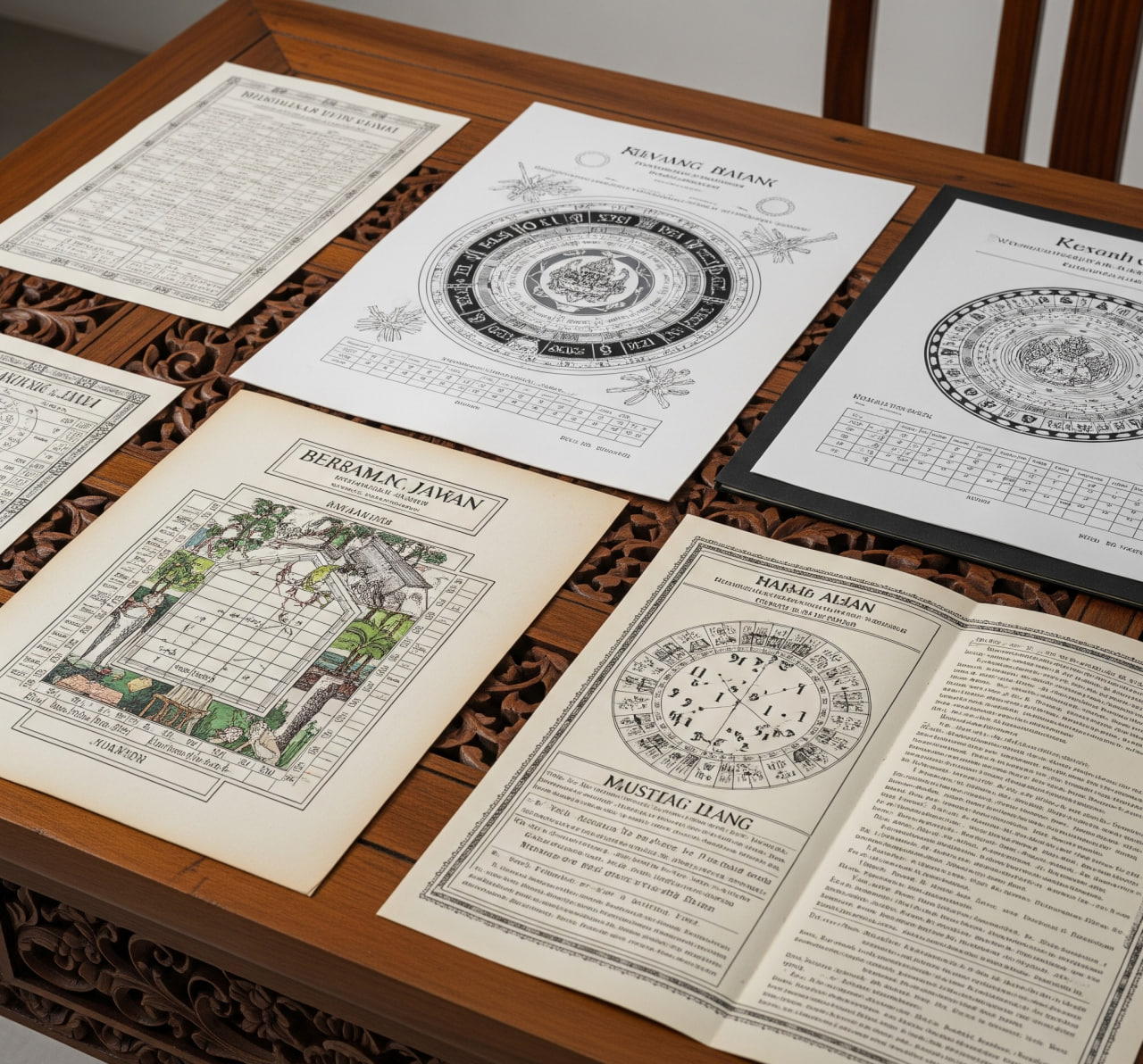News
The Javanese Worldview Through Traditional Calendars at Sonobudoyo
For many, a calendar is just a grid of numbers marking paydays and national holidays. But for the Javanese, a calendar is a swirling cosmos of time, layered with philosophy and meaning. At the Museum Sonobudoyo, traditional Javanese calendars are more than wall ornaments—they are windows into how ancestors perceived time, the universe, and humanity itself.
The Javanese calendar isn’t a linear march of days like the familiar Gregorian system. It’s a living, multi-dimensional framework where different cycles intertwine in cosmic harmony. There are the usual seven days of the week (Monday through Sunday), but also a parallel five-day Pasaran cycle (Legi, Pahing, Pon, Wage, Kliwon). Together, they create a 35-day cycle known as weton. Within this intricate rhythm, a person’s destiny and character are believed to be encoded, like a spiritual DNA imprinted at birth.
Sonobudoyo preserves ancient calendars, primbon manuscripts, and traditional timekeeping instruments as part of its rich cultural collection. These artifacts reveal that for the Javanese, time is not merely a measure of duration—it is a space for reading cosmic signs. Auspicious days for weddings, launching a business, moving house, or tilling the fields were (and still are) carefully calculated. It's not superstition but a cosmic logic at work.
The Javanese calendar is a graceful blend of Hindu-Buddhist, Islamic, and indigenous beliefs. It’s not unusual to see, on a single calendar page, the Prophet Muhammad’s birthday marked alongside Nyepi (Balinese New Year) and a Sultan’s coronation anniversary. This seamless syncretism reflects the Javanese worldview: one that values harmony over dominance, fluidity over rigidity.
At Sonobudoyo’s exhibit halls, visitors can observe ancient manuscripts inscribed with Javanese script, detailed with star charts and natural symbols. Some texts are still written on palm leaves, while others are on daluang (traditional mulberry bark paper) or European parchment. Traditional sun dials and shadow-based clocks also show that time was once measured by the movement of nature, not mechanical devices.
In the Javanese understanding, nothing happens by pure chance. Everything is interconnected, each event subtly influencing the next. Life is not only about the "what" and "when," but equally about the "how" and "why." While this worldview may seem intricate to today’s Google Calendar generation, therein lies its beauty: time is something to be felt, not just scheduled.
Through its collection of traditional calendars and timekeeping tools, Sonobudoyo invites us to revisit how our ancestors engaged with life. It reminds us that time, for the Javanese, is not an enemy to be chased but a companion to be understood and honored.



